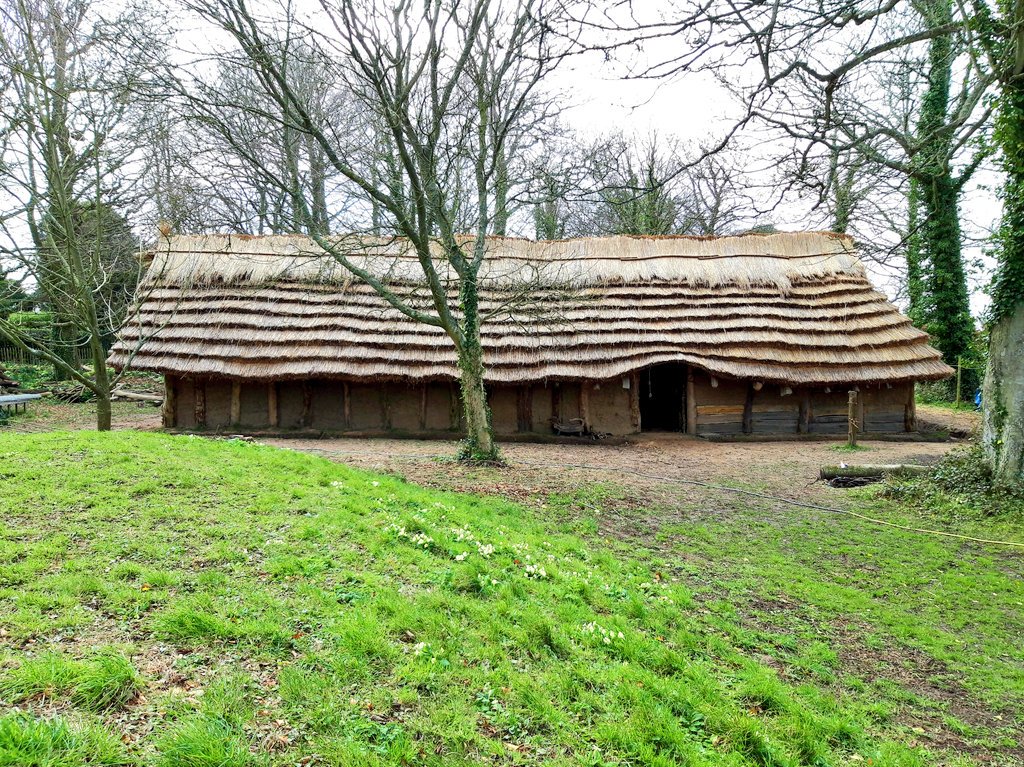
The History of Timber in the Building Industry
The history of timber is very complex, as you probably assumed. Builders use timber to create everything from modest buildings to imposing structures, and it is one of the longest-standing building materials known to man dating back over 10,000 years. Timber has shaped the way we live, and its history dates back to the Roman period and constructs everything from awe-inspiring high rises to the most stunning Chinese temples.
The Original Uses of Timber
Timber was once used in roof construction by both Roman and Egyptian civilizations. Timber cladding was also seen quite often during the Saxon period. When you look at pre-civilization, you will soon see that the use of timber was critical. Builders developed timber framing in the 9th century when artisans needed to have an exceptional skill to craft something using that material. Since then, timber framing techniques are more accessible, and most of this took place in Africa and Asia.
Europe’s Neolithic longhouse, a timber dwelling built around 6000 B.C, is a fantastic example of how people used wood to create phenomenal structures. It was one of the most prominent buildings during that period, and it’s both solid and monumental. Thirty people could live here, which just goes to show how large it was. The discovery of bronze and finally steel haven’t replaced wood either. They have changed the way that we use it for the better.

Oak was once the material of choice for these kinds of structures, but as you advance to the modern age, you will soon see that softwood is becoming more and more popular. Softwood is now more available, easier to work with, and increased strength in numerous ways.
Timber also had a significant impact within The Vikings culture. They created another version of longhouses and they were typically inhabited by the highest ranking members within that particular society. They were load-bearing structures with steeply pitched roofs that resembled inverted boats.
Interestingly enough, even though the way we see and use wood has changed, architects are now trying to use ancient designs and modern stability. By seamlessly combining the past and the present, incredible designs can preserve the traditional construction methods that are still famous to this day.
Living History
Builders design timber frames to last. Before timber framing, ancient stone temples, including Stonehenge, employed very similar joinery methods today. In India, timber frames date back to 200 BC. Teak timbers were shaped and then connected with bamboo pegs. Japanese builders discovered the benefits of working with more fibrous timbers after witnessing that stone buildings would often crack under stress during earthquakes or typhoons. Wood, on the other hand, was able to withstand almost any environmental condition. If you want to find out more about the history of timber framing, take a look below.
The History of Timber – Labor and Community Driven
Modern timber framing has capitalized on technology. Industrial milling processes have changed how we work with wood, but it wasn’t always this way. Diaries of early Americans all show that timber framing is very labor-driven. If farmers needed a new barn, they would have to spend the entire winter preparing the wood and storing it to dry out. The farmer would then need to hire the help of neighbors to put the structure together. Community spirit was a crucial factor in the rapid construction of barns and town halls.
Timber – A Major Building Material
Timber framing is one of the most significant building models in the US. The industrial revolution helped meet the demand for housing by producing smaller and more dimensional lumber from new mills. This type of lumber led to light frame constructions, in which lots of smaller pieces made up the large structure. In 1970, builders revived the timber frame and began to recreate buildings but in a historical fashion. In this day and age, it’s safe to say that timber can offer an unparalleled level of strength and beauty. It’s also able to provide insulative benefits, which have helped to shape the history of timber.
Timber has undoubtedly come a long way in the last few decades. Although builders use different construction methods, it’s safe to say that wood still plays a significant role in developing new structures and communities. It’s also impacted design as well, helping to shape the future of architecture as we know it.
If you’re interested in buying timber, please contact us at Reliance Timber. You can reach us at 828.518.2007.









